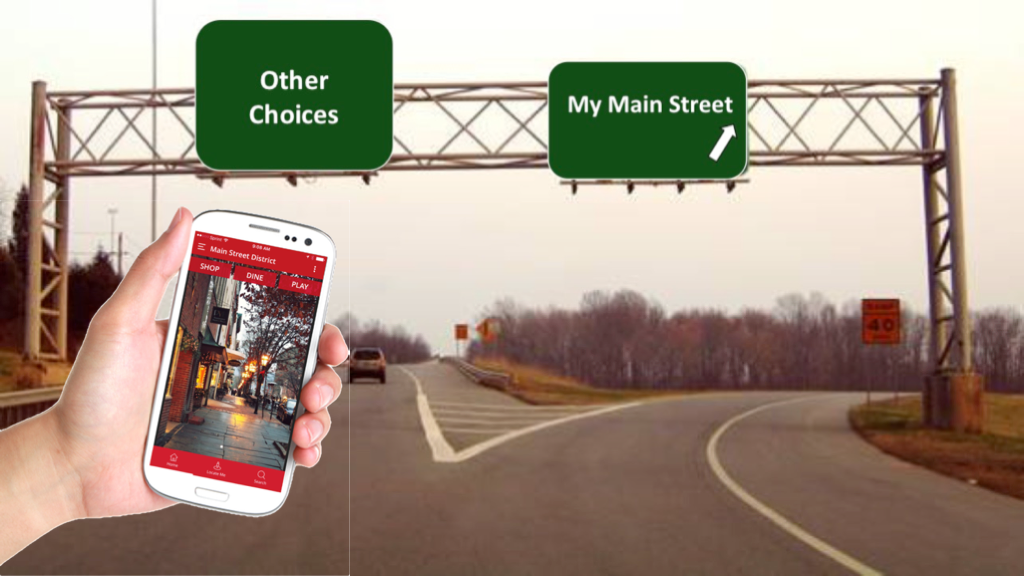Community Spotlight: Celebrating Spring with a Window Decorating Contest
Learn how Thomasville, Georgia, activates its storefronts each spring with a rose-themed window decorating contest.

Photo courtesy of Ron Cook
As with every aspect of our economy, we live in a world of constant and rapid change. Responding to trends that directly impact our Main Street is essential to our survival and success. In his post-great recession bestselling book The Great Reset, author Richard Florida made two predictions I believe directly impact Main Street communities across the country. The first declared, “How we live, work, shop and get around will change.” Certainly, we can all agree that has been true, and we will see continued change in the years ahead. Florida’s second assertion is a direct challenge to us all: “Communities that embrace the future will prosper. Those who do not will decline.”
Rising to this challenge requires an understanding of how demographic and technological trends are impacting each of the Four Points of the Main Street Approach, Main Street America’s adaptable revitalization framework. These Four Points—Organization, Design, Economic Vitality and Promotion—provide a path toward revitalizing our community through a well-organized and cohesive strategy. For this discussion, we are looking specifically at how a dramatic advance in technology has impacted the way we promote our communities and tell our Main Street story.
Let’s begin by defining our goal regarding Promotion, using language directly from the Main Street Approach:
PROMOTION positions the downtown or commercial district as the center
of the community and hub of economic activity, while creating a positive image
that showcases a community’s unique characteristics.
Technological and other changes have had a tremendous impact on the way we get around and especially on how we shop today. In fact, the impact of online shopping has played a role in the demise of enclosed shopping malls and put tremendous pressure on big box retailers. But the way we promote our Main Street has been equally impacted, if not more so. That is because the single greatest technological change of the past decade is the way in which we access and consume information.
Just a few years ago we saw a major milestone and shift in the way we search for information on the internet, and that trend has continued to accelerate. According to Google, in 2015 mobile searches surpassed desktop searches for the first time. Although smartphones have been around almost 20 years, the release of the iPhone in 2007 and the meteoric rise of Android phones have seen the rapid progression of smart mobile devices. Simply stated, we now rely on our phones more than ever before and their increased computing power, along with advances in artificial intelligence, quite literally place information in the palm of our hand. And while we have never met them personally, today we should care very much about what Cortana, Siri, OK Google and Alexa have to say about us.
So what does that have to do with my Main Street? OMG, everything! People are no longer sitting at home searching for information on your community—they are on their way or already there! Today promoting your Main Street requires a comprehensive mobile marketing strategy. What are you doing to ensure that information on your Main Street—a map showing where to park, information on local attractions, details on your events, a directory of your amazing local businesses—that all of this information is easily available to visitors as they arrive? How will today’s huge mobile audience know all of the wonderful things going on in your Main Street? As with the reality of search engine optimization for website search results, all of that is happening now on mobile devices. In fact, today Google’s search algorithm is now based on the completeness and accessibility of your Main Street website’s mobile friendly version.
So what does all this mean and what can we, as Main Street directors, do about it? Our challenge is both obvious and daunting. If we do a great job of creating interesting and engaging events but can’t reach the mobile audience most wanting to hear about them and attend, we have missed a huge opportunity. It’s like the old saying: What if you threw a party and nobody came? While that’s certainly an exaggeration for our Main Street events, we know that reaching a broader audience is essential in making sure our hard work really pays off, and reaching a broader mobile audience is sure to increase attendance and word of mouth.
Developing an effective mobile marketing strategy includes the following five key elements:
For Main Street communities, the audience we are most trying to reach has a world of information in the palm of their hand. Does that information include your Main Street?
Dr. Ron Cook is CEO and co-founder of distrx, a mobile marketing platform and application designed exclusively for Main Streets, with headquarters recently relocated to historic downtown Sanford, Florida. A graduate of Georgia Tech, Cook is a recognized expert in beacon technology and frequent presenter on the “internet of things”. A former college Dean, he is a popular and dynamic speaker on innovation, entrepreneurship and launching a new business.